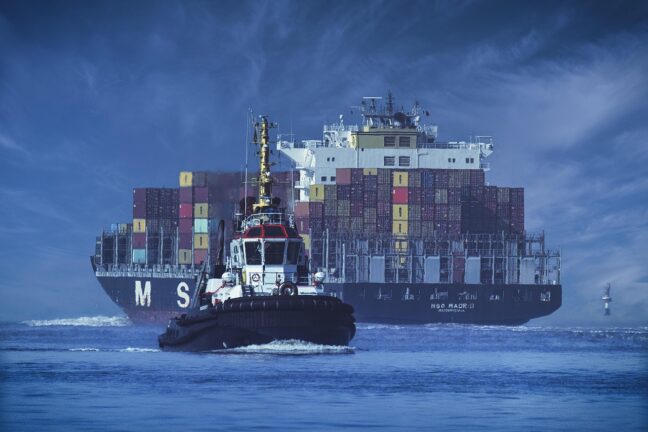The European Union and Canada launched an important customs agreement on Friday 1 August 2025, in the hope of streamlining transatlantic trade. The agreement also aims to bolster supply chain security.
The Mutual Recognition Agreement between the EU’s Authorised Economic Operator (AEO) programme and Canada’s Partners in Protection (PIP) initiative should allow users to benefit from speedier customs procedures as well as simplified compliance measures. Adopted by the EU-Canada Joint Customs Cooperation Committee, the agreement enables mutual recognition of certified companies under either programme. Customs authorities in both jurisdictions will now treat recognised businesses as low risk, resulting in reduced inspections, priority clearance, and faster goods movement between the two economies.
Less paperwork, fewer delays
For exporters and importers on both sides of the Atlantic, the new deal promises to cut delays and ease paperwork. With mutual recognition now in place, companies approved under Canada’s PIP or the EU’s AEO schemes will see less red tape at borders. Officials say the agreement could reduce duplication by allowing customs agencies to trust each other’s certifications, effectively creating a single trusted trader corridor. It could also lighten the load on logistics teams, especially when supply chains are stretched.
Another key feature is a data exchange system that keeps customs authorities informed of changes in trader status. This real-time coordination should help avoid disruptions and ensure no delay to shipments due to outdated records. The agreement includes a built-in contingency mechanism, allowing certified businesses to keep goods moving even during unexpected shutdowns or emergencies. Traders’ recognised status sends a strong signal to partners and clients about security standards and reliability.
A broader strategic framework
The EU–Canada MRA aligns with global customs standards, notably the World Customs Organization’s SAFE Framework, which promotes harmonised approaches to security and facilitation in global trade. It also complements the broader Comprehensive Economic and Trade Agreement (CETA), deepening the strategic trade relationship between the two partners. The EU has signed similar MRAs with countries including the United States, Japan, China, Switzerland, Norway, and the United Kingdom. Collectively they represent a network of trusted partnerships that simplify cross-border trade.
Customs authorities on both sides will begin issuing guidance, FAQs and outreach to help traders make use of the new framework. Businesses are encouraged to update their trade documentation to reflect their AEO or PIP status, and to coordinate with supply chain partners to maximise the benefits of the agreement, at a time when global supply chains remain vulnerable to geopolitical and environmental disruption.





